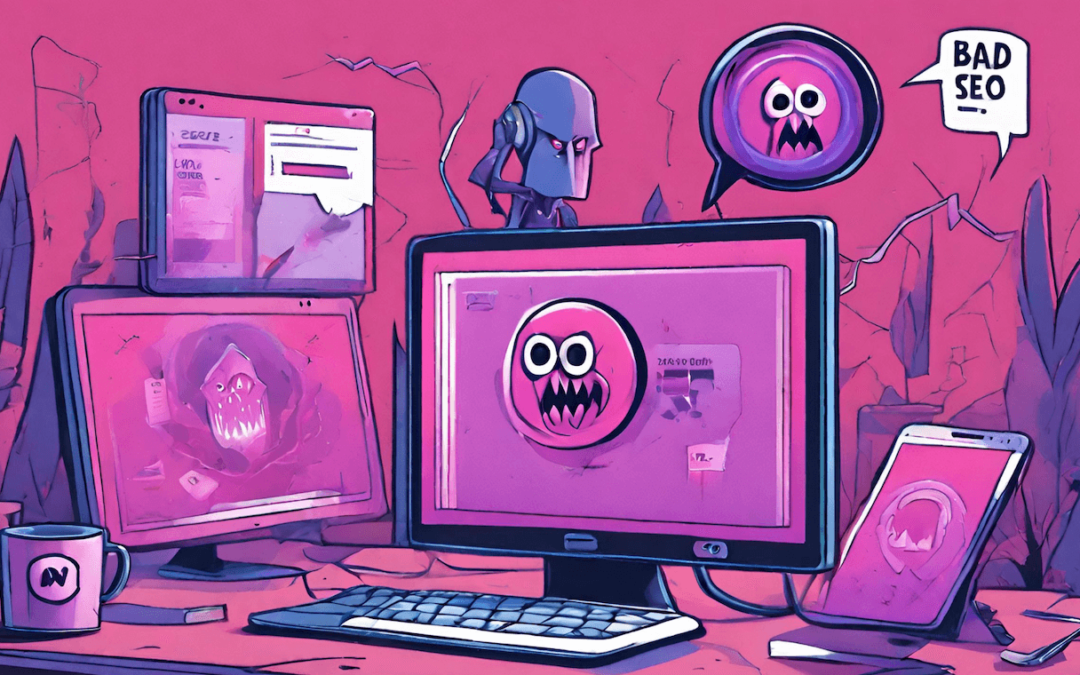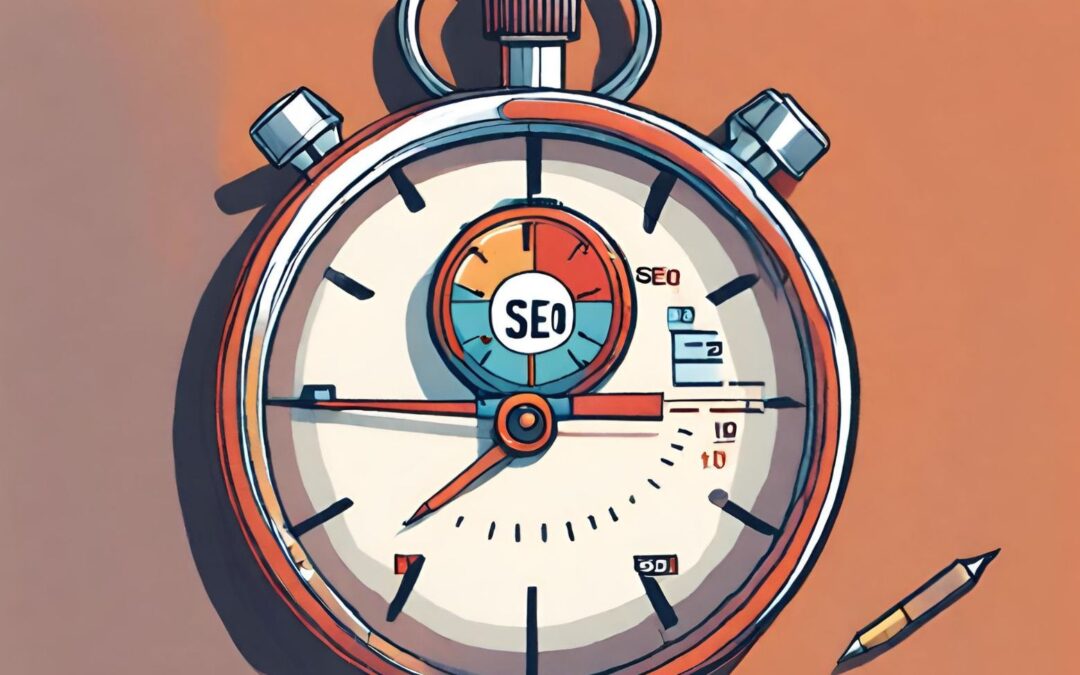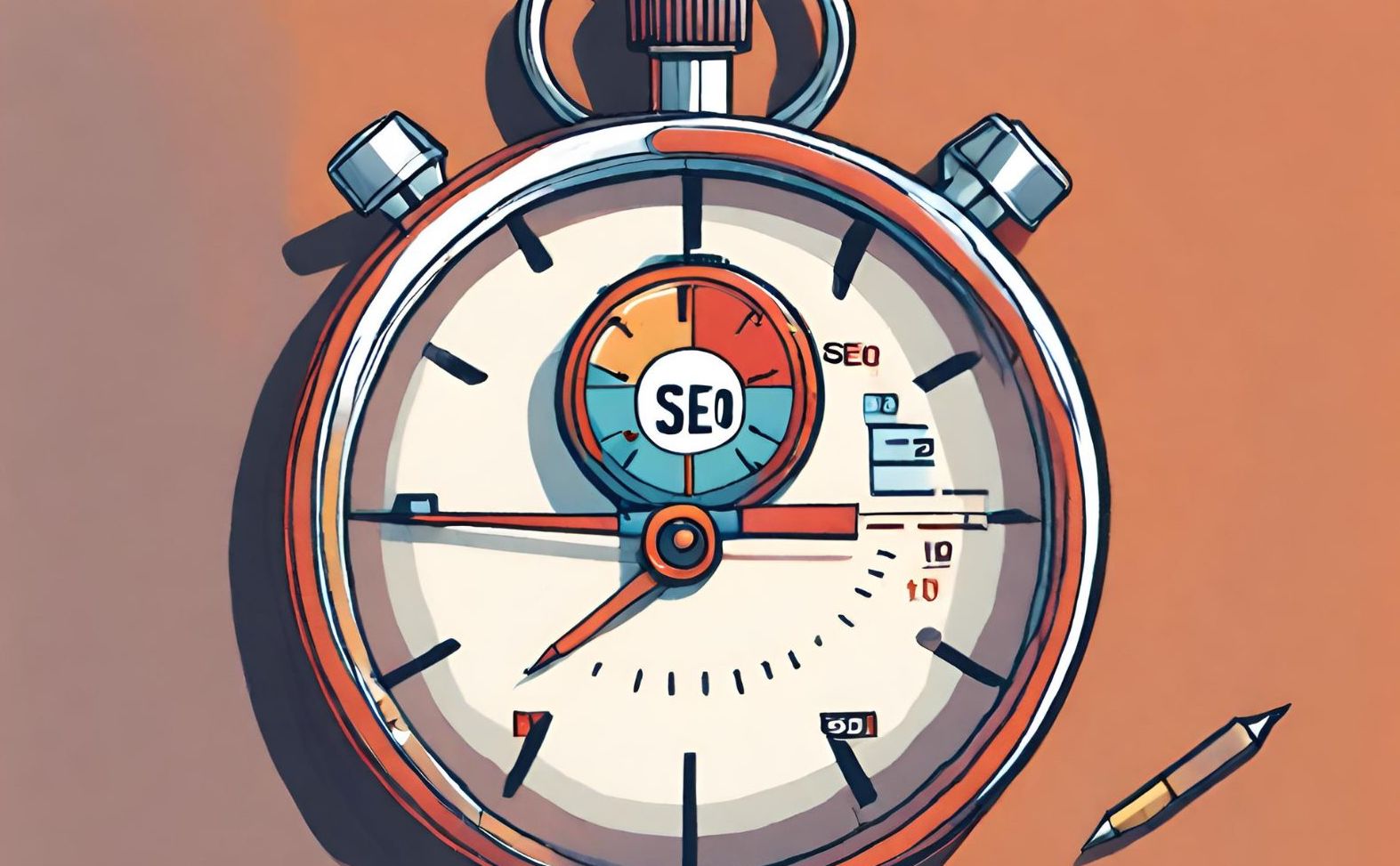Optimize your content for AI with Generative Engine Optimization (GEO) – discover tactics for semantic mapping, metadata usage, and intent alignment that elevate SEO.

What Are The Biggest SEO Mistakes?
ARTICLES
What are the Biggest SEO Mistakes?
Dive into the world of SEO and learn practical fixes for major SEO mistakes and optimize your site for success. Perfect for marketers and webmasters alike!

Ah, SEO. It’s like a Rubik’s Cube that’s constantly changing colors just when you think you’ve got it solved.
It’s a dance, a rhythm, a constantly evolving puzzle that can make or break your presence in the digital world.
But fear not, for today we embark on a journey through the labyrinth of the biggest SEO mistakes, with a touch of humor and a conversational tone that’ll make you feel like we’re old friends chatting over coffee.
Ignoring the Human Element: A Common SEO Mistake
Let’s start with a classic blunder: forgetting that at the end of the day, it’s humans you’re trying to reach, not just algorithms.
Picture this: you’ve crafted the perfect keyword-stuffed article. It’s so optimized that even the Google bots are impressed. But there’s a problem. It reads like it was written by a robot who’s only ever communicated with other robots.
The human readers? They’ve fallen asleep.
Remember, the goal is to engage people, not just tick boxes on an SEO checklist. Write for humans, make it interesting, and the search engines will follow. It’s like trying to impress a date with a fancy dinner. If the food tastes like cardboard, no matter how nice the presentation, you won’t get a second date.
The Fix: Write with empathy and understanding for your audience. Use personas to guide your content creation, ensuring it resonates with your readers. Engage with your audience through surveys or comments to learn more about their preferences and tailor your content accordingly.
Overlooking the Majesty of Mobile: A Significant SEO Mistake
In this day and age, if your site isn’t mobile-friendly, you might as well be writing your content on stone tablets. With more than half of the web’s traffic coming from mobile devices, ignoring this platform is like trying to run a marathon with one shoe. It’s not going to end well.
Make sure your site is as responsive as a well-trained golden retriever. If it’s not, you’re not just losing visitors, you’re practically pushing them into the arms of your competitors. And nobody wants that, except maybe your competitors.
The Fix: Make your website responsive. Use mobile-friendly themes and test your site’s performance on various devices. Employ tools like Google’s Mobile-Friendly Test to identify and correct issues that could be hindering your mobile user experience.
The Keyword Stuffing Buffet: An Obvious SEO Mistake
Ah, keyword stuffing. It’s like trying to fit into your jeans from high school. It’s uncomfortable for everyone involved and it just doesn’t work. Once upon a time, you could cram your content with keywords like a Thanksgiving turkey and rank higher than a kite. But those days are gone.
Today, search engines are looking for content that flows as smoothly as a jazz solo, not a list of keywords that reads like a grocery list written during a food shortage.
Use keywords thoughtfully, like a sprinkle of salt on a gourmet meal – just enough to enhance, not overpower.
The Fix: Focus on creating valuable content that naturally incorporates keywords. Use semantic variations and long-tail keywords to enhance readability and relevance. Tools like Google’s Keyword Planner can help you find the right balance.
The Speed Bump: An Often-Overlooked SEO Mistake
Website speed. It’s the digital equivalent of a first impression. If your site loads slower than a sloth climbing a tree, you’ve lost the race before you’ve even started. People are impatient. We want instant gratification, and if your site is taking its sweet time, users will bounce faster than a superball on concrete.
The Fix: Optimize your website’s loading speed by compressing images, leveraging browser caching, and minimizing the use of heavy scripts. Use performance analysis tools like Google PageSpeed Insights to identify and implement speed enhancements.
The Link Building Labyrinth: A Tricky SEO Mistake
Link building is like a high school popularity contest. It’s not just about who you know, it’s about who wants to be associated with you. In the quest for backlinks, many fall into the trap of quantity over quality. But one high-quality link is worth more than a hundred sketchy ones.
Think of it as a recommendation. Would you rather have a thumbs-up from a respected industry leader or a chorus of “mehs” from sites that even the Wayback Machine has forgotten?
Focus on building relationships, not just links.
The Fix: Prioritize quality over quantity in your link-building efforts. Reach out to reputable websites for guest posting, create shareable infographics, and produce high-quality content that naturally attracts backlinks.
The Content Desert: A Critical SEO Mistake
Content is king, queen, and the entire royal court. If your site is a barren wasteland of outdated articles and sparse blog posts, you’re doing it wrong. Fresh, relevant content is the lifeblood of SEO. It’s like watering a garden; without it, nothing grows.
Keep your content flowing like a river after a rainstorm. It doesn’t have to be a flood, but a steady stream of quality content will keep your audience coming back for more.
The Fix: Develop a content calendar to ensure regular updates to your website. Diversify your content types with blog posts, videos, podcasts, and infographics to keep your audience engaged and informed.
The Meta Tag Mirage: A Sneaky SEO Mistake
Meta tags. They’re like the secret ingredients in a recipe. Just because they’re not always visible doesn’t mean they’re not important. Title tags and meta descriptions are your chance to make a first impression in the search engine results pages. Don’t waste it.
Be clear, be engaging, and use them to entice users to click through to your site. It’s like the cover of a book; if it doesn’t grab you, you’re not going to read the story.
The Fix: Craft compelling meta titles and descriptions that accurately reflect the content of each page. Use action-oriented language and include a clear value proposition to encourage clicks.
The Analytics Amnesia: A Neglected SEO Mistake
If you’re not measuring, you’re not marketing. Analytics are the compass that guides your SEO strategy. Ignoring them is like setting sail without a map. You might catch a breeze and move forward, but you’ll have no idea where you’re going.
Set up your SEO analytics, monitor your progress, and adjust your course as needed. It’s the only way to navigate the choppy waters of the internet.
The Fix: Set up and regularly review your analytics to understand user behavior and traffic patterns. Use this data to refine your SEO strategy, focusing on what works and improving what doesn’t.
The Social Media Silence: An Overlooked SEO Mistake
Social media and SEO are like peanut butter and jelly. They’re better together. If you’re not using social media to amplify your content and increase your visibility, you’re missing out on a huge opportunity.
Engage with your audience, share your content, and be a part of the conversation. It’s like showing up to a party. If you don’t talk to anyone, no one will know you’re there.
The Fix: Integrate social media into your SEO strategy. Share your content across platforms, engage with followers, and use social listening tools to discover content ideas and monitor your brand’s online reputation.
The One-Size-Fits-All Fallacy: A Personalized SEO Mistake
Finally, there’s no magic bullet in SEO. What works for one site may not work for another. It’s a custom suit, not a one-size-fits-all t-shirt. Tailor your SEO strategy to your unique situation. It’s the difference between bespoke and off-the-rack. And in the world of SEO, bespoke is the way to go.
The Fix: Conduct thorough research to understand your niche and audience. Customize your SEO strategy based on industry trends, competitive analysis, and the unique selling points of your business.
In conclusion, avoid these common SEO mistakes like you’d avoid a skunk at a picnic. Keep it human, keep it mobile, keep it quality, keep it fast, keep it linked (wisely), keep it fresh, keep it meta-tagged, keep it measured, keep it social, and keep it tailored. Do this, and you’ll dance to the rhythm of SEO success.
Read Next
What is Generative Engine Optimization?
The Art of Assembling an SEO Dream Team
Assemble an SEO Dream Team with our expert guide on building a small yet highly specialized group to elevate your business’s online presence. Discover the roles, rhythms, and harmonies of an effective SEO strategy.
Why Search Ad Extensions Matter
Why do search ad extensions matter? Learn how extensions like callouts, sitelinks and location info boost ad CTR by 10-15% without increasing cost.










